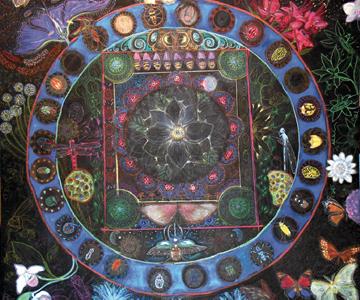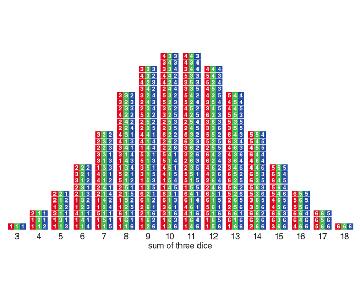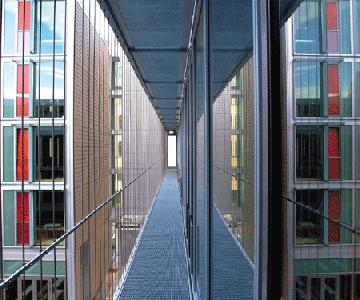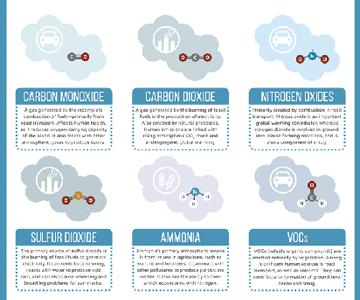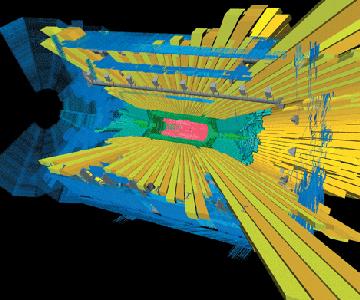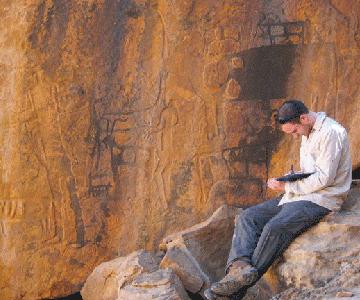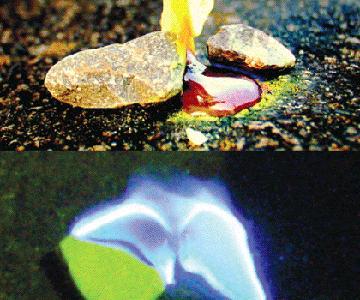Magazine
September-October 2015
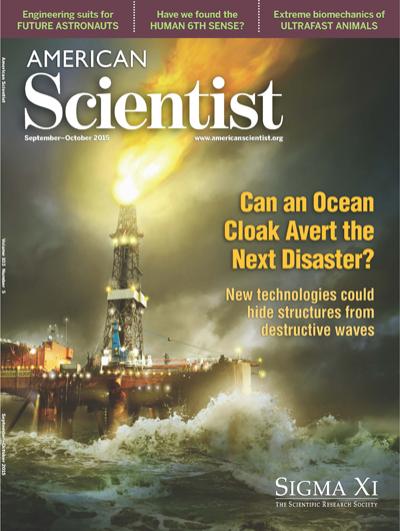
September-October 2015
Volume: 103 Number: 5
Oil rigs, such as this one in the North Sea off the Scottish coast, are often subjected to pummeling ocean waves. Other powerful waves, such as seismic and magnetic ones, can also cause great damage. Researchers are exploring concepts from cloaking technology that might be used to protect structures or objects from such waves. Cloaking, in theory, usually means making something invisible by redirecting light waves around it so the observer sees light that doesn’t appear to have interacted with anything. It’s possible that such a technology may never be feasible. But as Gregory J. Gbur explains in “A Protective Cloak Against Earthquakes and Storms,” by changing the density of water or ground, ocean or seismic waves can be made to change speed, and thus direction, diverting them around an object and “cloaking” it from damage, if not from sight. (Photograph by Gandee Vasan/Getty Images.)
In This Issue
- Art
- Astronomy
- Biology
- Chemistry
- Communications
- Computer
- Engineering
- Environment
- Evolution
- Mathematics
- Physics
- Sociology
- Technology
The Past and Future Space Suit
David P. Cadogan
Engineering Technology
These single-occupant spacecraft enable human exploration outside of Earth’s atmosphere, and new designs and materials promise even greater functionality.
Do Humans Possess a Second Sense of Hearing?
Neil Todd
Biology Evolution
The cochlea is a recent evolutionary development. Mammalian ears, including our own, still also rely on features from our early vertebrate ancestors.
A Protective Cloak Against Earthquakes and Storms
Gregory J. Gbur
Engineering Physics Technology
Invisibility cloaking is not close on the horizon, but shielding from other types of damaging waves may be more feasible.
Scientists' Nightstand

Fearless Symmetry
Daniel S. Silver
Mathematics Review Scientists Nightstand
A brief review of Creating Symmetry: The Artful Mathematics of Wallpaper Patterns, by Frank A. Farris

One Singular Sensation
Katie L. Burke
Biology Evolution Review Scientists Nightstand
A brief review of Touch: The Science of Hand, Heart, and Mind, by David J. Linden

Enter the Dragons
Fenella Saunders
Biology Review Scientists Nightstand
A brief review of Dragonflies: Magnificent Creatures of Water, Air, and Land, by Pieter van Dokkum
